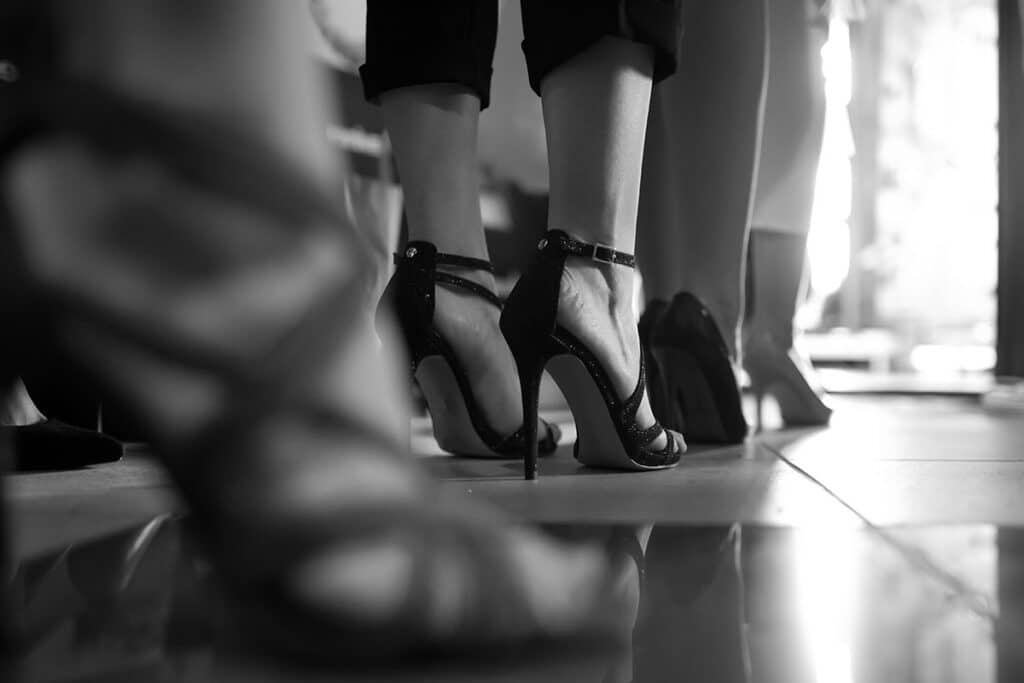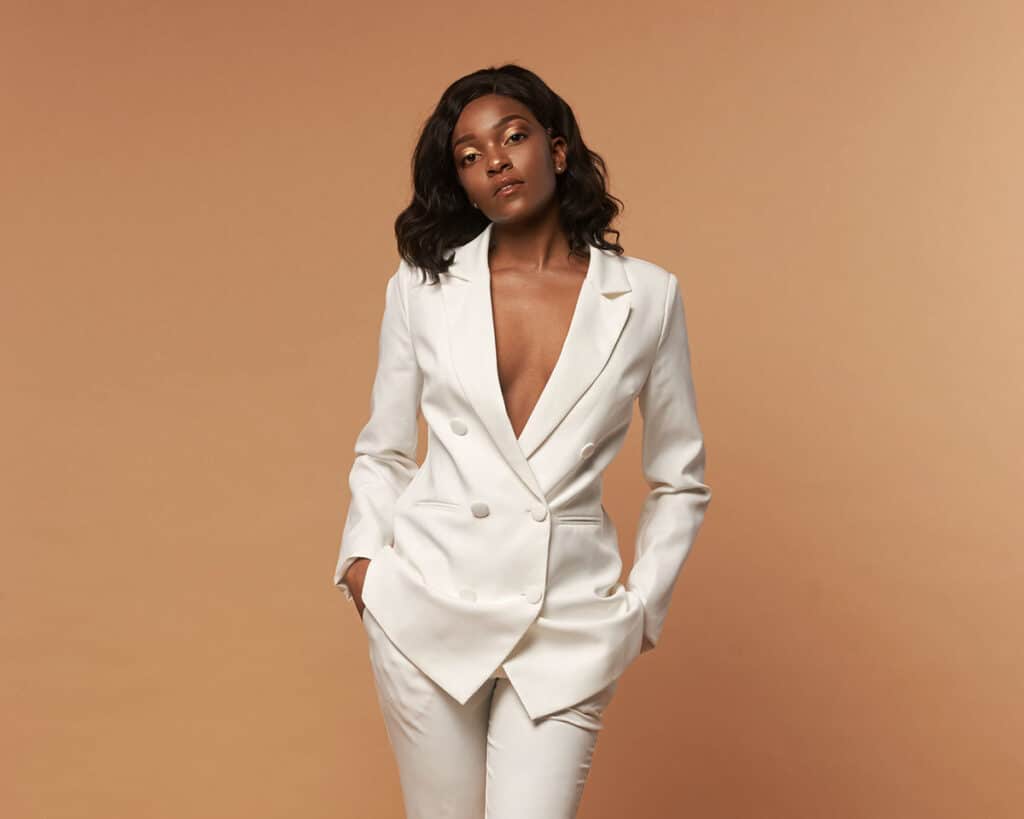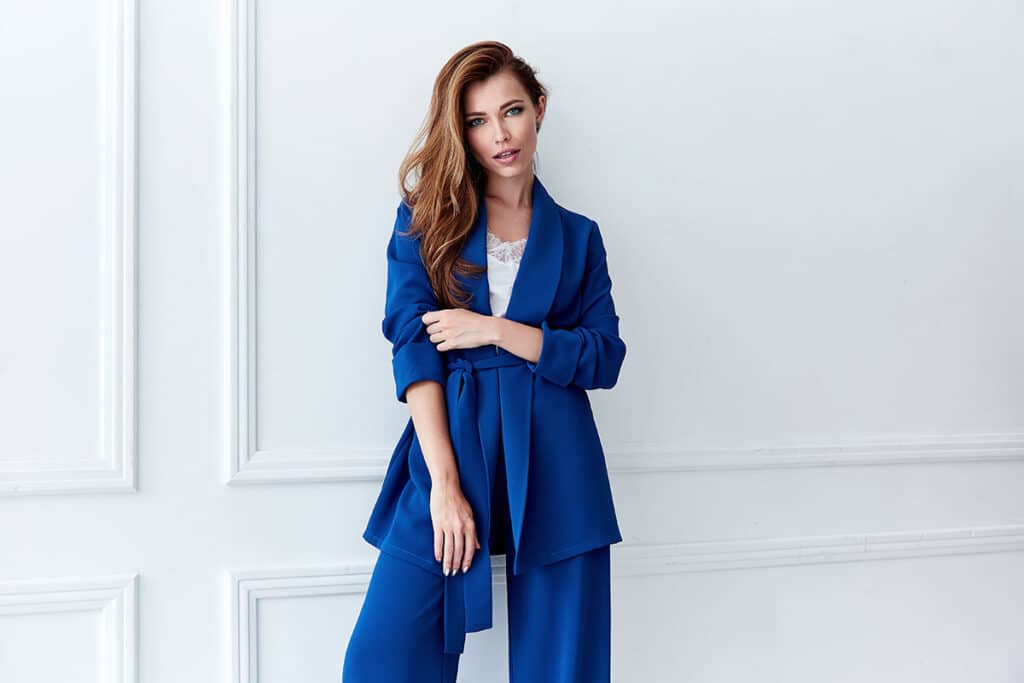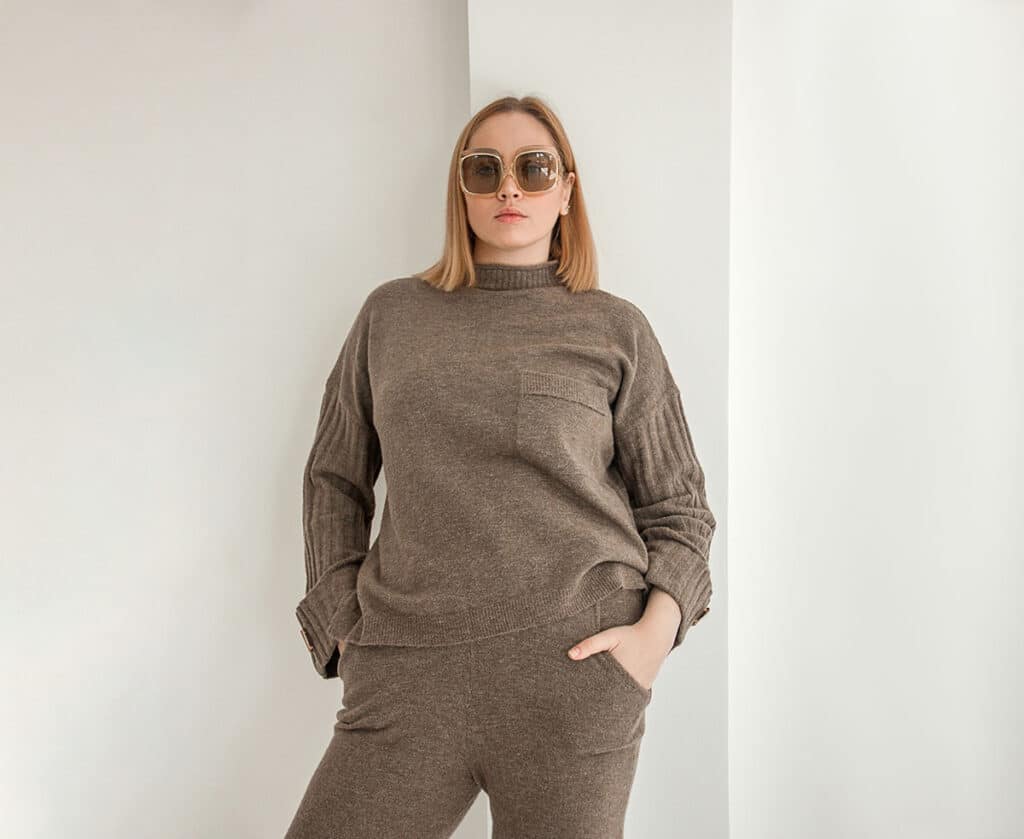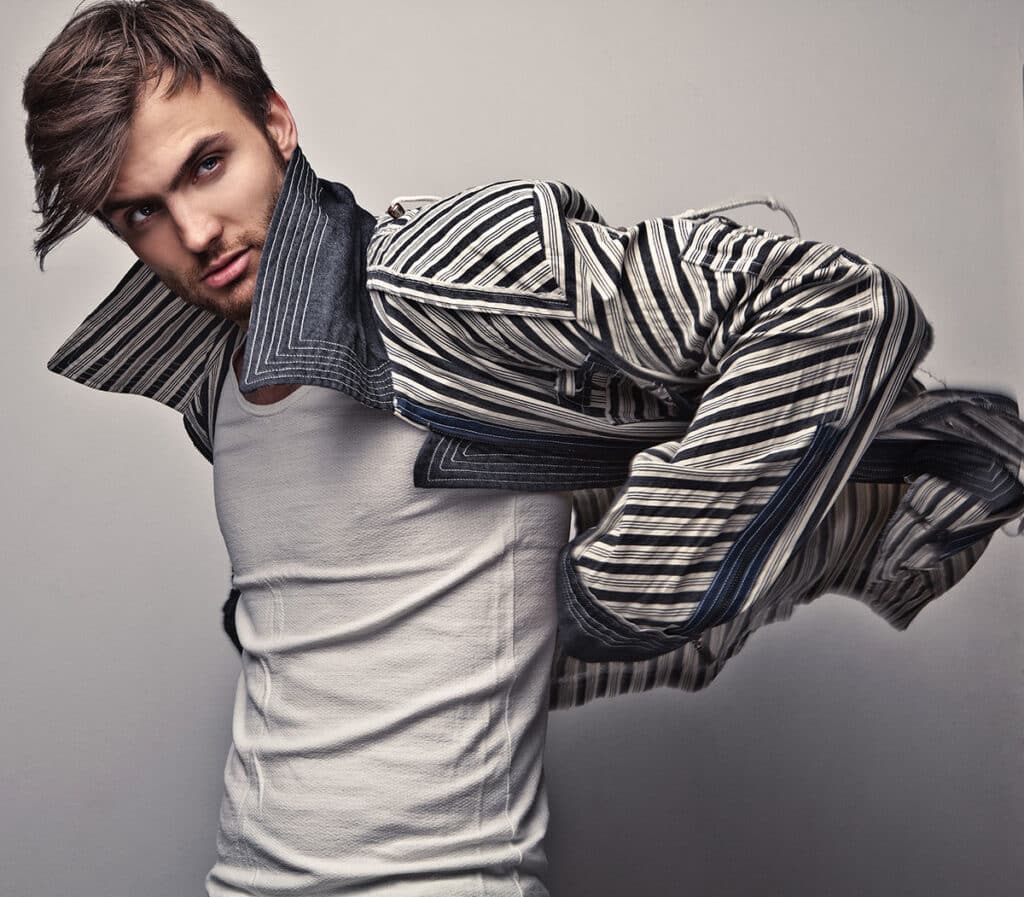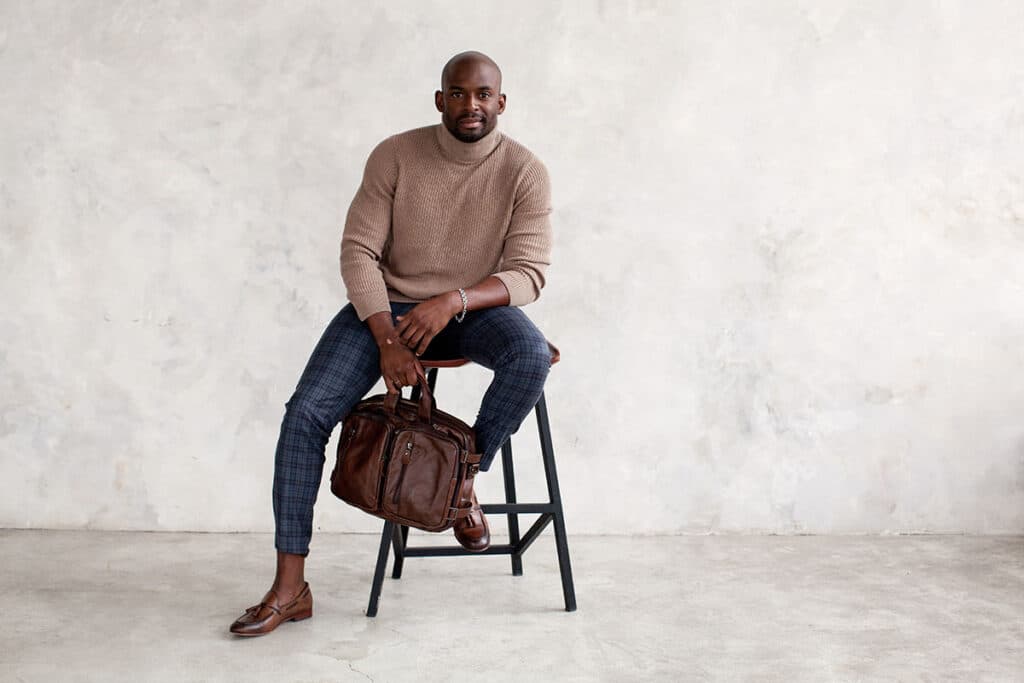Are Instagram Fitness Models Misleading?
No Comments • Uncategorized • By Melissa
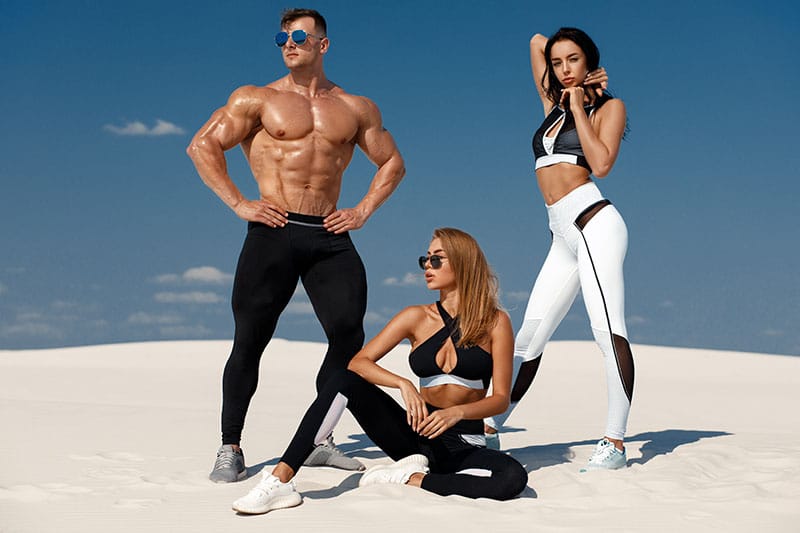
The fitness industry is booming, and with it comes a new wave of models ready to cater to the popular and lucrative business of health and fitness.
While fitness models are not particularly new, the updated genre of fitness modelling has definitely advanced; it’s less about performance and more about looking at your absolute physical peak. Bulging muscles, washboard stomachs and sculptured limbs are the norms; scroll through the fitness side of Instagram and it’s all you will see.
But the pressure of social media and the dizzying standards of perfection many fitness models feel expected to reach are starting to take their toll. Many are resorting to paid ads and edited photos to keep their followers happy, as well as launching their own fitness plans to profit off their looks – despite having no regulated, qualified fitness credentials.
Are Instagram fitness models misleading? And what does this mean for aspiring fitness models and the future of fitness modelling?
Let’s take a look.
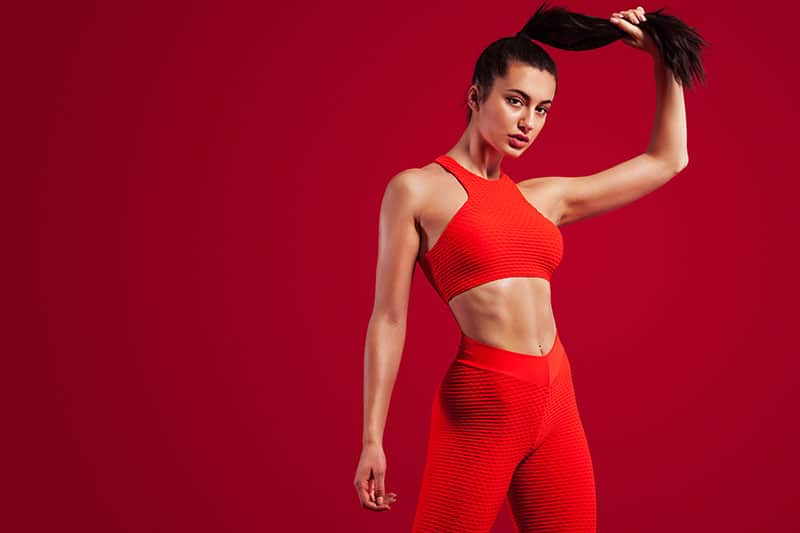
From Competition to Social Media – How the Field of Fitness Modelling Has Changed
In the past, fitness models were typically either athletes or bodybuilders. Many came from sporting backgrounds and had their own qualifications, or worked with such professionals, in sport, health and fitness. Fitness models of the past were often seen taking part in bodybuilding competitions and it was not uncommon for them to be dieticians, personal trainers, sportspeople or other similar trained professionals in their fields.
But the rise of social media meant the landscape of fitness modelling changed drastically. Instagram in particular put more of a focus on aesthetics rather than physical performance. Those who looked good were the ones who garnered attention, regardless of how they achieved their appearance.
Additionally, the money-making aspect of social media meant more people were looking to get into the business of influencing. And social media gave them the perfect cost-free platform to gain a following over which they could influence purchases and ultimately make money from looking good.
On Instagram, imagery sells. So does consistent posting, brand endorsements and post engagement. As time went on, influencers found their posts getting hidden in the thousands of other photos being posted each day by like-minded Instagrammers. Demand for photos grew as consumption continued to increase. And that meant added pressure to post better photos more frequently.
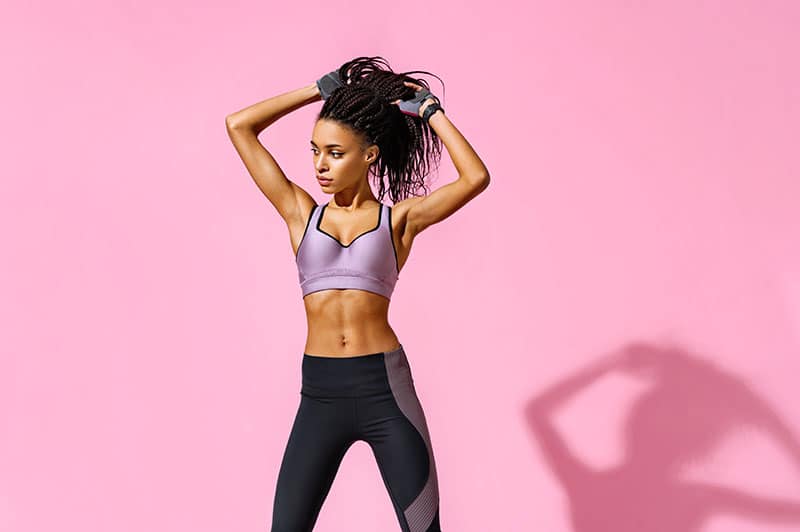
The Influence of Instagram On Fitness Modelling
The models making the most money on Instagram are the ones receiving the most engagement and post likes – and those come from posting engaging, exciting and motivational content. For fitness models, that means having a look (and posting photos of it constantly) that is considered attractive and coveted.
But ask any bodybuilder and they will tell you how difficult it is to achieve a body like theirs – and what’s more, it’s impossible to maintain all the time. Bodybuilders go through cycles each year whereby they gain weight in order to build muscle, before “cutting” the excess fat during the summer months to show off the muscles they have grown. Calorie deficits – where a person eats fewer calories than they use day-to-day in order to lose weight – are not healthy long-term. They are only supposed to be used short-term in order to lose excess fat.
Unfortunately, most people don’t know this. They go on Instagram and see nothing but what they perceive to be perfect bodies. Fitness models appear to maintain their physiques year-round, sporting tiny waists and toned muscles in winter and summer. The reality is that, without having the right DNA and genes to begin with, it’s actually very difficult for most of us to maintain such low body fat percentages all the time. And this is what makes fitness influencing troublesome; many are selling something that isn’t real.
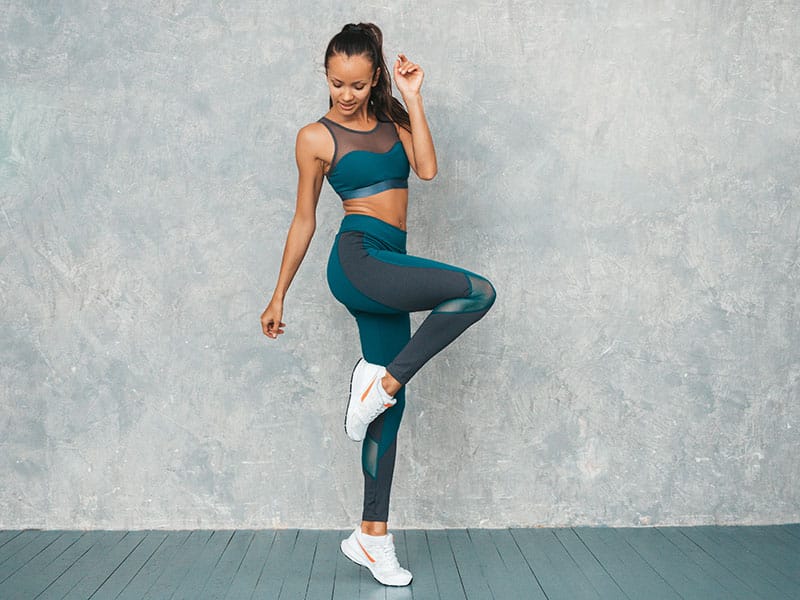
Troublesome Content
So many people are fighting to get into the industry, and many don’t have the credentials or education to be sharing such information. It means that there is a wealth of incorrect health and fitness knowledge floating about and being further shared on platforms such as TikTok; the younger generation, in particular, is very influenced by such content, and there are bound to be future (and even immediate) health implications because of it. Injuries sustained from incorrect lifting posture are easy to sustain and are just one of the many health issues that can amount from following the advice of someone who is not properly accredited.
A Young Person’s Game?
And then there is ageing. Have you ever wondered why so many fitness influencers online are young? It’s because it’s much easier to maintain the fitness influencer body when we’re younger. As we age, our metabolism tends to slow down and it’s harder for us to shift weight. Many fitness influencers claim to burn out after a certain age because they simply can’t keep up with the demands required to maintain their physiques any longer. The stress and strain of trying to maintain a 20-year-old physique is too much for them. This is also why many female fitness models who have children tend to disappear for a while. The negative criticism for having a less-than-perfect physique, regardless of why, is enough to make them burn out. Unfortunately, Instagram is constant and relentless; if you’re making money by looking good, you’re likely to lose money the moment your appearance changes.
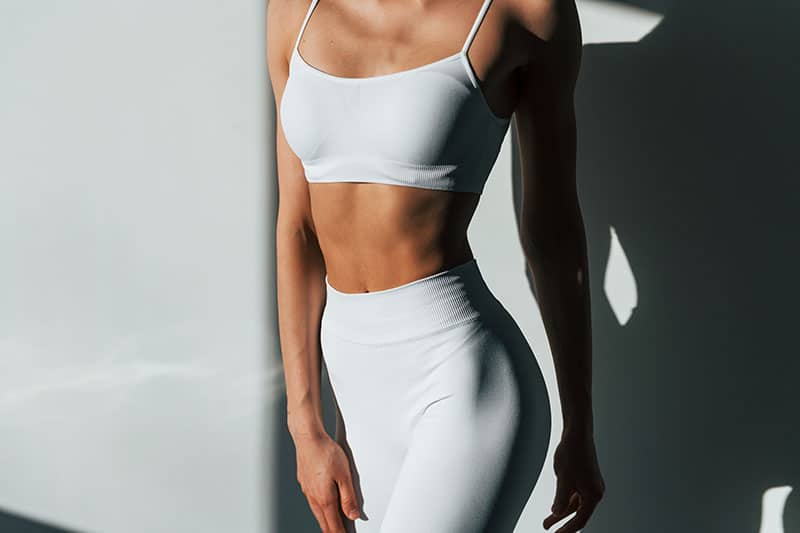
Misleading the Masses
So what can a fitness influencer do if the natural way to achieve a great year-round body isn’t sustainable, or requires a lot of time and effort? Many have turned to plastic surgery and imagery editing in order to maintain their amazing physiques. Fake tans, waxing, body contouring, fat dissolving and other cosmetic enhancements are just some of the things being used to create the illusion of a perfect figure. Even lighting and camera angles can change the way a body appears in photos.
Basically, a lot of fitness models resorted to pushing an image that simply did not exist. This is particularly worrisome when you remember that these models are making money by selling the idea that their look (which doesn’t even exist) is achievable to the public with a simple purchase.
Troublesome Money-Making
Many top fitness models have attempted to make money off their looks by creating their own purchasable fitness & diet plans to sell to the public. They sell the notion that you, too, could look like them if you buy their personalised diet and exercise plan.
Fitness models are also known to endorse and make money by advertising certain products. These are not always healthy or even effective. Take the Kardashians as an example; they received hugely negative backlash after advertising an assortment of diet aids, when it’s well-known they have plastic surgery to achieve their looks. It’s partly why influencers are now legally required to openly say when they are being paid to advertise something.
Many fitness models do not deem it necessary to talk about the reality it takes to look a certain way. Our DNA means that even if we follow the exact diet and exercise plans of other people, we still won’t look exactly like them. A fitness model may have incredible abs, but if you eat the exact same it doesn’t mean you will get great abs too; they may have naturally low body fat around their midriff, which is something completely out of your (and their) control. However, honesty about this won’t sell diet plans or personal training programmes. It isn’t particularly lucrative to be honest – so many fitness models continue to be misleading.
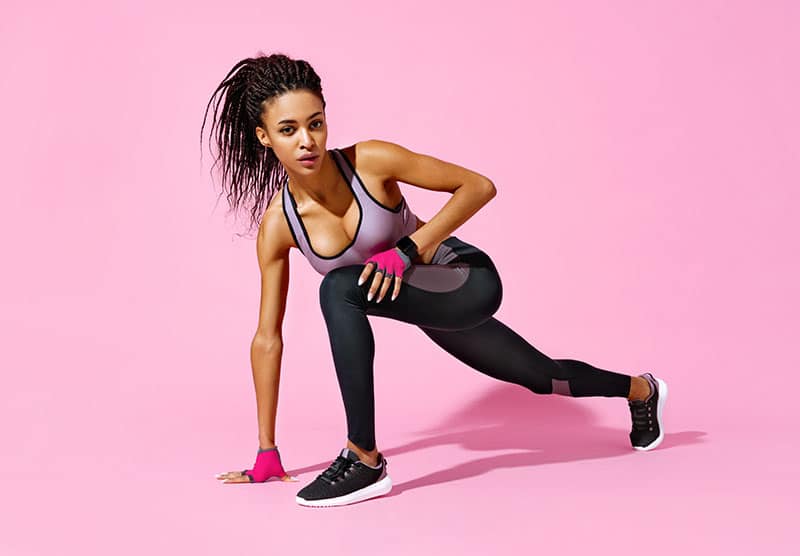
Are Fitness Models Misleading?
Many of the photos we are constantly seeing are not real, and they’re giving us seriously distorted understandings of what real bodies actually look like, and what we ourselves can achieve. We’re being told the unachievable is achievable with the simple purchase of a diet plan or supplement. But even the fitness models we look up to do not look the way they tell us they do.
Fortunately, there are some fitness models with genuine credentials who are able to set realistic expectations about what you can achieve. The key is finding them. Do your research; find out what experience and qualifications a fitness influencer has before taking them too seriously. Try to follow authentic, real people as well as fitness models to keep level-headed and realistic about real body types. And if you’re looking to become a fitness model, make sure you study up and have the right credentials before trying to educate others.
How to Recognise Bad Fitness Advice on Social Media
If a fitness influencer is not qualified in any way, be extremely wary of following any of their advice. Health and fitness are not like other industries; wrong advice can be very damaging, so it’s always better to err on the side of caution.
Always look for evidence-based advice rather than advice driven by personal experience.
Finally, educate yourself on the potential dangers of following unqualified advice; this can include injury, weight gain, nutrient deficiencies and eating disorders.


